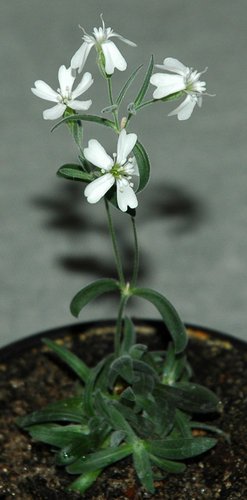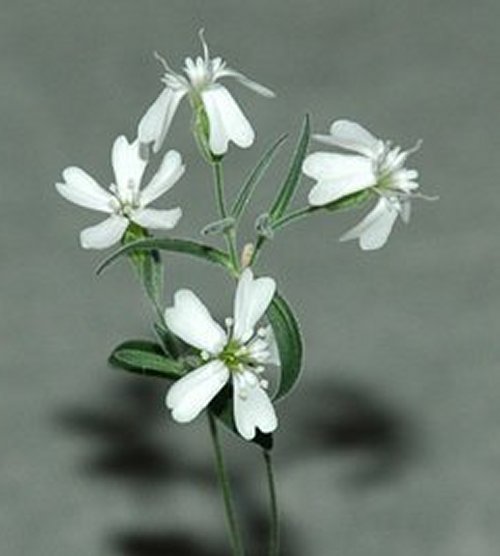MessageToEagle.com – Buried beneath the frozen sediment in Siberia for more than 30,000 years, one would think this plant had no chance of ever coming back to life again, but Russian scientists have made an amazing biological breakthrough and successfully revived it after more than three millennia.
This little arctic flower, discovered near the Kolyma river in north-east Siberia lived in ancient times when the woolly mammoths roamed the Earth and it is today the oldest plant that has been resurrected.
The late David Gilichinsky from the Soil Cryology Laboratory in Moscow, Russia, and colleagues recovered the fruits of the ice age flowering plant (Silene stenophylla) from a fossilized squirrel burrow on the tundra of northeastern Siberia. It was permanently frozen until excavated by scientists a few years ago.
Seeds and certain cells can last a long term under the right conditions.
See also:
10 Fascinating Facts About Plants
Previously researcher managed to recover a date palm grown from a seed some 2,000 years old that was found at the ancient fortress of Masada in Israel, but this recently revived arctic flower is now a new record holder.
The new report comes from a team led by Svetlana Yashina and David Gilichinsky of the Russian Academy of Sciences research center at Pushchino, near Moscow, The research paper will be published in the next issue of The Proceedings of the National Academy of Sciences of the United States of America.

“This is an amazing breakthrough,” said Grant Zazula of the Yukon Paleontology Program at Whitehorse in Yukon Territory, Canada.
“It is an exciting result and tells us we shouldn’t just look for seeds when trying to generate ancient material,” says Steven Penfield, a plant scientist at the University of Exeter, UK.
Similar fossilized burrows have been identified in Alaska and Canada. “If permafrost continues to melt, I would think it likely that a small fraction of ancient seeds will germinate, survive and grow spontaneously,” says Buford Price from the University of California, Berkeley.
Modern day S. stenophylla looks similar to the resurrected plant, but has larger seeds and fewer buds. In addition, modern plants also grow roots more rapidly.
By studying these ancient plants, scientists can learn much about how the plant has evolved since the last ice age.
MessageToEagle.com via Proceedings of the National Academy of Sciences, New York Times







